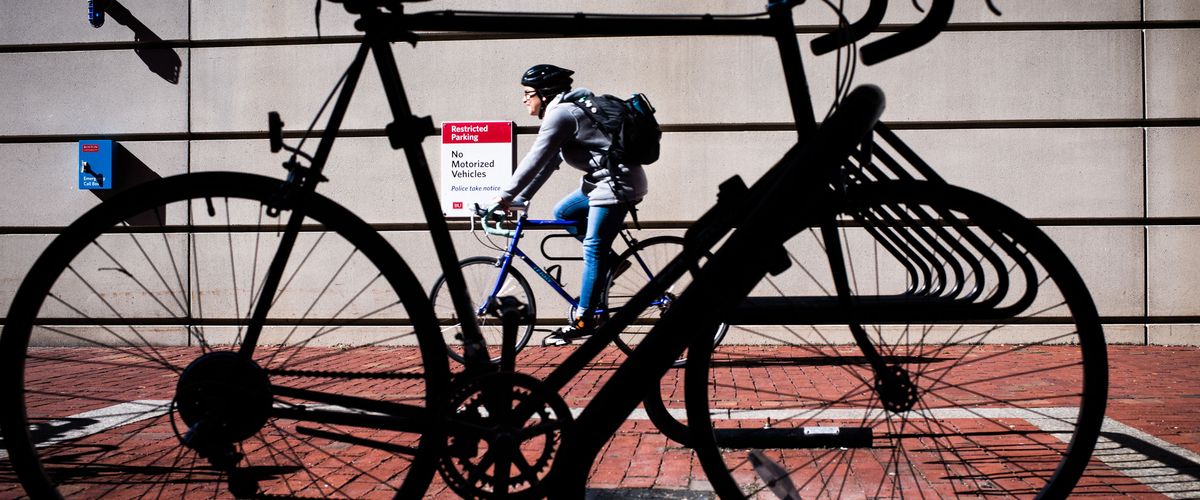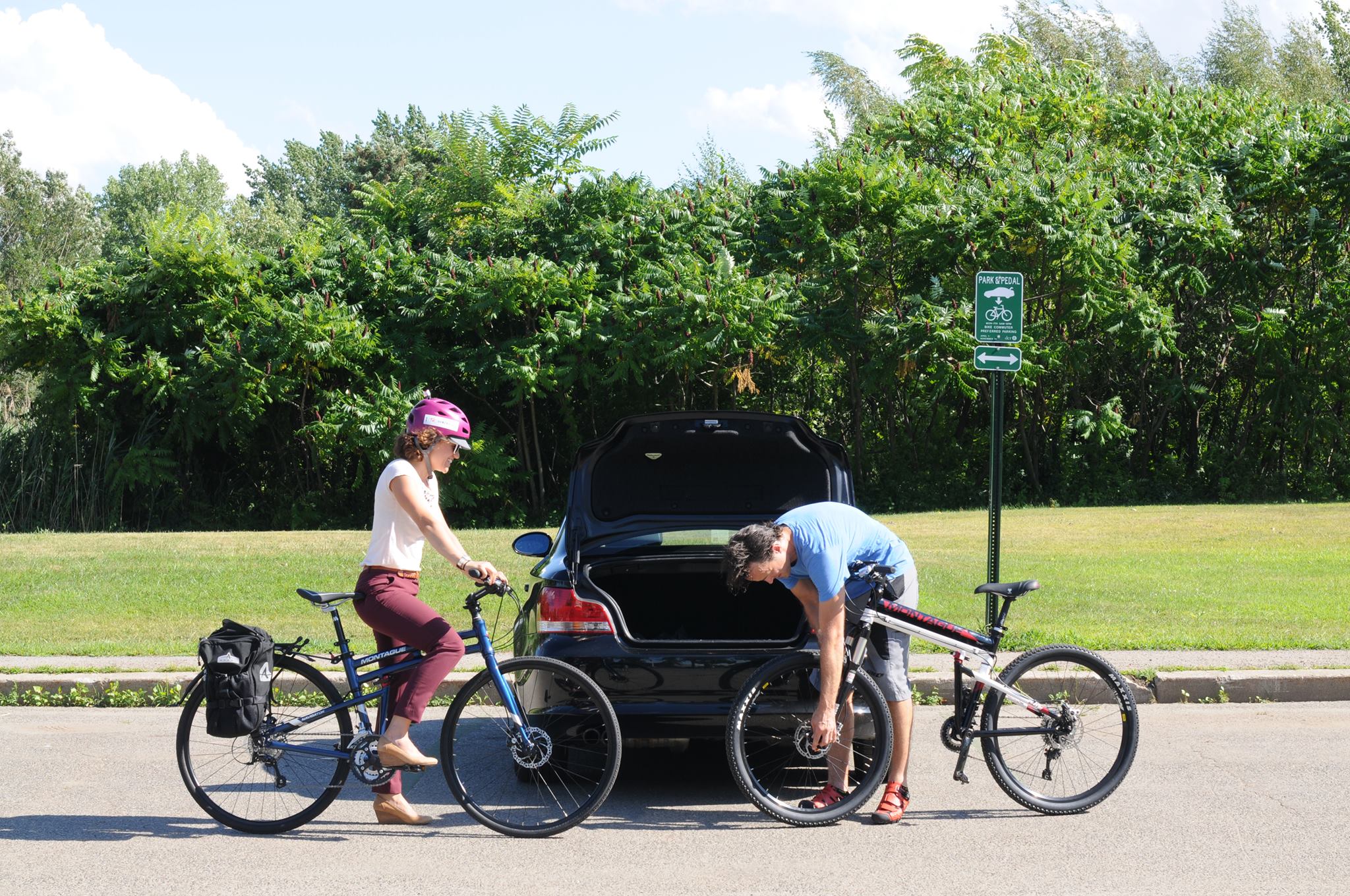SaSS Pilot Program
Summer is coming quickly, and with it, the end of the school year. If you're staying on campus through the summer, secure bike room access will expire May 31st, and you'll need to renew your access. That process will look slightly different depending on whether or not you've visited the BUCK. If you've been here […]


